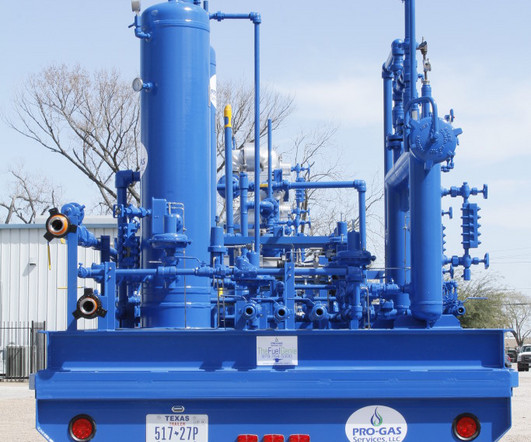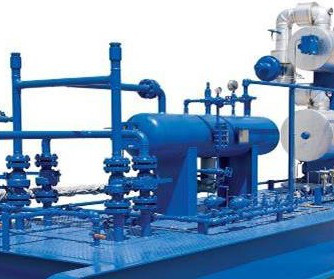How Customizable JT Skids Are Optimizing Gas Processing
Pro-Gas Services
JUNE 29, 2025
This chilling process is the key to separating valuable Natural Gas Liquids (NGLs) and achieving the precise dew point control required by pipeline operators. The Low-Temperature Separator (LTS): The now frigid, two-phase stream (gas and condensed liquids) enters the LTS.











Let's personalize your content